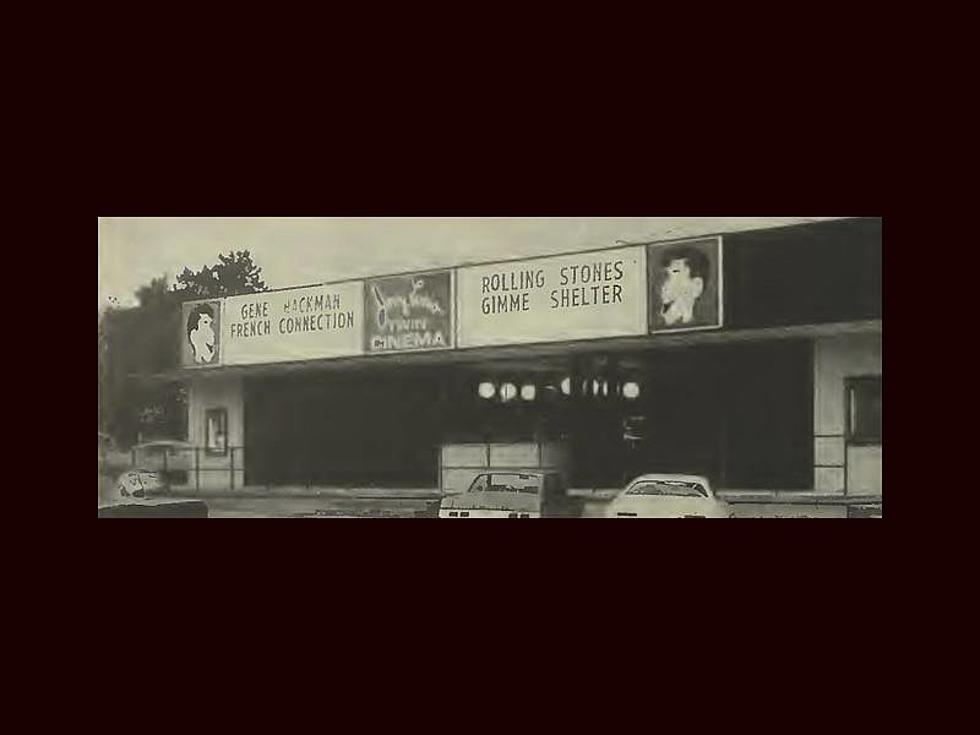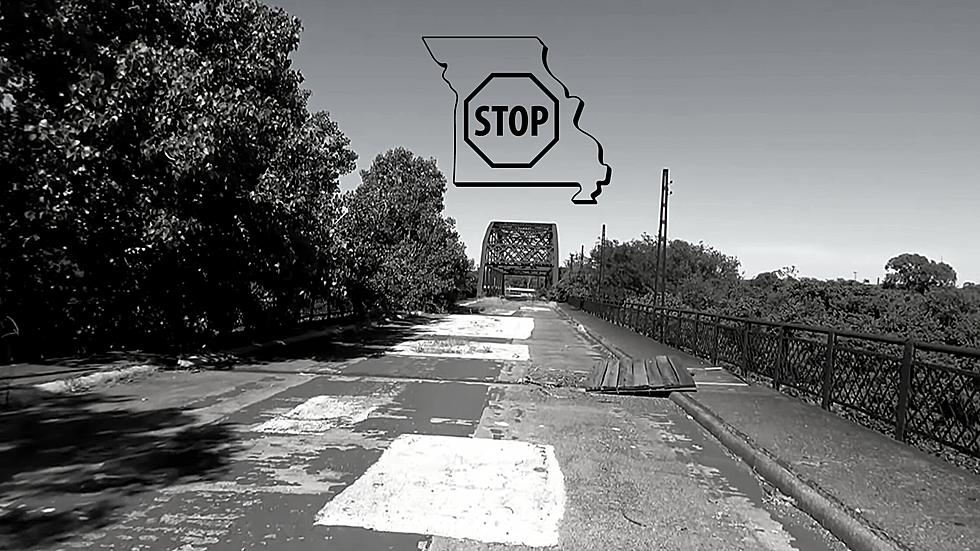
The Story Behind the Jerry Lewis Twin Cinema
If you're a person of a certain age, you probably remember the Jerry Lewis Twin Cinema. If you're younger, you may remember it as the State Fair 4 Cinema. Many have memories of seeing everything from "American Graffiti" to "Titanic" at these cinemas. This isn't so much the story of these Sedalia theaters, that's a story better told by you, and I can't want to hear it. What I can tell you is the story of is the Jerry Lewis Mini Cinemas, a franchise opportunity that purported to bring the glamour of theater ownership to any entrepreneur with the cash to make it happen.
According to an article at cinelog.org in 1969 Jerry Lewis partnered with Network Cinema Corporation to open a chain of theaters named "Jerry Lewis Cinemas". The idea was to make theater ownership possible for anyone who could meet the initial investment requirement of $15,000 - $50,000.
According to cinelog.com, "Jerry and company would provide the know how, name recognition, and marketing; franchisees would put up the money and man hours. Promising “if you can press a button, you can own a Jerry Lewis Cinema”, the company appeared to be the “turn key” answer to owning your own movie theatre."
The key sales point to the venture was automation of projection, box office and concessions which the company promised made the theater easy to operate with only two people. In the early 70s the company pushed sales heavily, and the Jerry Lewis Twin Cinema opened in State Fair Shopping Center on July 7, 1972 according to cinematreasures.org.
Things with Jerry Lewis Cinemas went sideways by the mid 1970s. There were 200 Jerry Lewis Cinemas, and 100 more slated, when cinemas started closing at an alarming rate. Why? At first, the chain only booked family friendly films. That was a problem. After the chain's booking policy became more competitive owners pointed at the chain's lack of marketing once theaters had opened. And the promise of push button automation, well that seemed to fall well short of what was advertised.
The end result of these problems. Both Jerry Lewis and Network Cinema Corporation filed for bankruptcy in 1980 and the chain was completely defunct. The problems Jerry Lewis Cinemas faced in the end, are the same ones that get highlighted over and over again on reality television shows like "Hotel Impossible", "Bar Rescue" and "Restaurant Impossible". People getting into a sexy business they think will be fun without the business knowledge to make it work.
A big part of the failure according to cinelog.com, "Most franchisees entered in to the venture without the skills or experience to properly operate their theatres; in turn, Lewis and company failed to adequately prepare or support their, primarily inexperienced, cinema owners. The “ease” of running a movie theatre had been highly exaggerated, the extensive demands of operating a successful business had been overlooked."
As for the Jerry Lewis Twin Cinema in Sedalia. It didn't end when the Jerry Lewis venture died, it continued. According to the Sedalia Memories page on Facebook, Robin Hugo Dennis posted, "The Jerry Lewis Twin Cinema was owned and operated by Loy Holman, when Wagenknecht bought him out it was changed to State Fair Twin Cinema." Larry Hausam posted that Sam Wagenknecht would go on to run the Galaxy until his death.
As for the Jerry Lewis Twin Cinema / State Fair 4 Cinemas. They lasted until 2007, nine years after the Galaxy brought the late 20th Century multiplex experience to Sedalia, much like the Jerry Lewis Twin Cinema brought the town the boxy 70s cinema experience to town.
While the history of the Jerry Lewis cinema experiment is interesting, the most interesting part of theaters past is your story. Tell me about what movies you saw there. If you worked there, what are some secrets you can now share? What did you like, not like about the theaters? Share your story here or on Facebook. I can't wait to read it.
Popular Child Stars From Every Year
More From KIX 105.7









